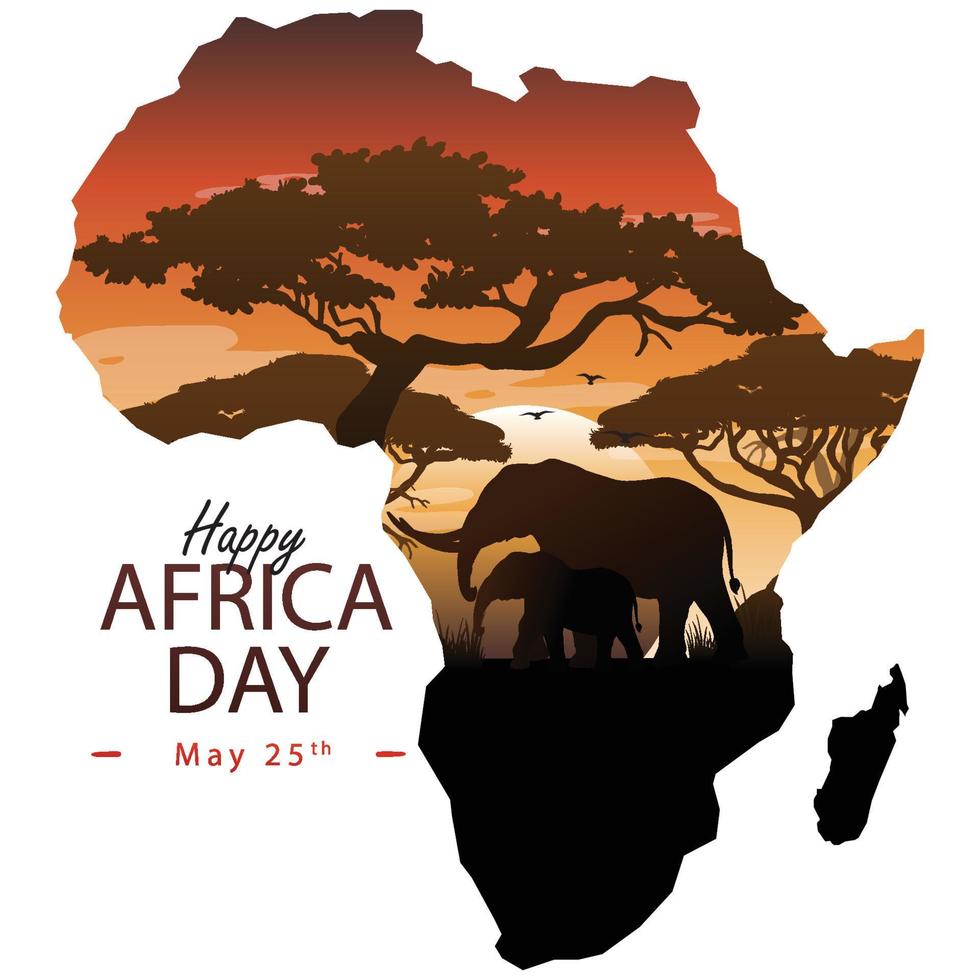AFRICA MOVES

Through purposefully designed systems, Africa moves, builds, scales, and connects industries, nations, and generations. The movement is continuous across borders, time zones, and realities.
On May 25, Africa Day commemorates the founding of the Organisation of African Unity in 1963, which is now the African Union. It was a political act of self-determination forged by newly independent states that refused to let borders, imposed or inherited, dictate the limits of their ambition. The date holds significance not because it is symbolic but because it affirms what the continent continues to do: move strategically, consistently, and collectively.
That commitment to unity wasn’t theoretical. Today, it is being executed through frameworks designed to make continental cooperation real in diplomacy, trade, infrastructure, and policy. The African Continental Free Trade Area (AfCFTA), as reported by the World Bank, brings together 54 countries, over 1.3 billion people, and a combined Gross Domestic Product (GDP) of $3.4 trillion, the largest free trade area in the world by country participation. Implementation is underway, driven by new payment systems, updated logistics frameworks, and national policies designed to serve the collective interest.
The people driving this transformation are already in place. Africa’s population is a source of scale, creativity, and transformation. Nearly 60% of the continent is under the age of 25, according to the United Nations Population Fund. This demographic majority is not waiting to participate; they are already leading innovation, driving consumption, and shaping the continent’s economic and cultural future. The impact is active, visible, and growing.
In sectors like technology and the creative economy, coordination is not theoretical; it is structured. In Kenya, over $1 billion in startup capital was raised in 2022, according to Partech Africa. Nairobi’s growth reflects alignment between fintech platforms, logistics infrastructure, mobile payments, and cross-sector investment. In Rwanda, national policy treats digital infrastructure as a public utility, embedding e-health, digital ID, and smart mobility into the urban and economic planning framework. Botswana is building technical capacity in AI and data science for national development priorities, including agriculture, minerals, and energy, linking education to economic transformation with long-term intent. In Ghana and Nigeria, creative industries are formalizing through IP reforms, diaspora investment, and export strategies that treat music, fashion, and film as sectors with measurable economic returns.
In Sports, the opportunity is undeniable. Aggregated data from World Athletics, FIFA, and major global leagues shows that up to 70% of the athletes driving global excellence are of African descent. This impact powers entire industries, from prize money and sponsorships to global broadcasting and merchandise. Yet all major professional leagues and sportswear giants remain headquartered outside the continent. The structure of global sport extracts value from African performance, while African systems remain underinvested.
The consequences are visible even at the elite level. In May 2024, Kenyan runner Brian Kipchumba placed second at the Geneva Half Marathon wearing two different shoes (different brands) after a pre-race packing error left him without a proper pair. While the story went viral, it reflects a larger reality: many African athletes compete internationally without the sponsorship, logistical support, or infrastructure typically afforded to their peers.

Photo credits: DR
These aren’t minor details, they are systems. And when those systems are missing, excellence alone is forced to compensate for what structure should have secured.
Nowhere is this clearer than in distance running. The world’s most elite marathoners and middle-distance athletes come from Kenya, Ethiopia, and across East Africa. Their performance is consistent, and their results are documented. However, structural equity is missing from training infrastructure and data science to brand ownership and product development.
The momentum is visible, and so is the gap. What’s needed now is coordination that matches the clarity of what’s already being built. Africa is not short on talent, ideas, or execution. What’s required is alignment between athletes and investors, builders and institutions, and policy and infrastructure as a global strategy instead of a development project.
My role is within that alignment, supporting the development of strategies, relationships, and frameworks that connect identity to infrastructure inside partnerships that are not theoretical. Inside systems that demand more than presence. It requires precision inside movements that are not temporary but designed for longevity.
Africa moves. In capital. In culture. In code. In competition.
 It moves because the structures are in place, and the people building them understand the weight of that work.
It moves because the structures are in place, and the people building them understand the weight of that work.
There is no arrival. There is only continuation. And the continent is already in motion.
Elis Clementino is Head of Strategic Relationships at Enda Sportswear. She works across Africa, the U.S., and Latin America, building strategies at the intersection of communication, economic growth, and global business development.
By
Elis Clementino, Head of Strategic Relationships at Enda




